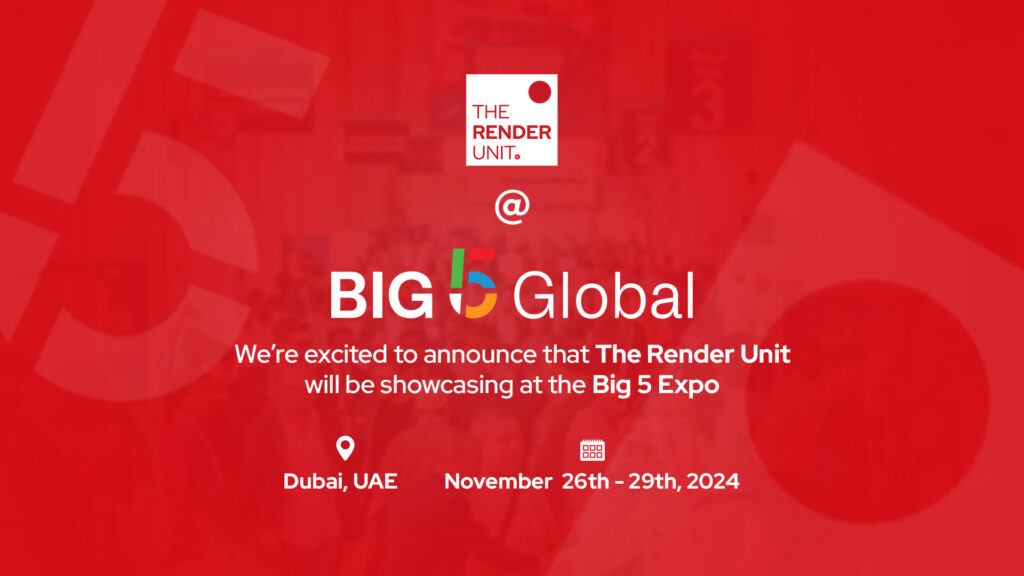The Future of 3D Rendering: Unleashing Interactive Realism in Real-Time Rendering!
Hey there, fellow contractor! Are you curious about what lies ahead in the world of 3D rendering? Wondering how this technology will evolve and what exciting changes we can expect? Well, you’re in for a treat because we’re about to dive into the depths of Real-time Rendering!
Understanding 3D Rendering
To begin, let’s familiarize ourselves with the idea of 3D rendering. Creating stunning two-dimensional images or animations from three-dimensional scenes or models is the key to success. By simulating the behavior of light and shadows with specialized software, we can produce realistic representations. It’s like magic on your screen!
Transforming the Architectural Industry
In every industry, including architecture, the impact of 3D visualization is already causing significant change. It is completely changing the way we work with easily available, affordable tools. Here’s how it’s changing the game:
- Accurate spatial representation for better understanding and decision-making.
- Simulations of materials and lighting to inform design choices.
- Integration with virtual reality (VR) for immersive exploration of designs.
- Streamlined design iterations for quick adjustments and enhanced creativity.
- Powerful marketing and presentation tool for architectural projects.
- Improved construction and project management with conflict resolution capabilities.
But wait—there’s more! Let’s investigate 3D rendering’s potential and the fascinating trends that lie ahead.
Real-Time Rendering: Interactive Realism Unleashed!
Real-time rendering is all the rage right now, and the breakthroughs that have been made in this field are astonishing. The rendering process, which used to take hours or even days to complete, has been transformed thanks to real-time ray tracing.
Using machine learning and AI algorithms, it delivers previously unheard-of levels of realism in a fraction of the time. It’s like bringing your designs to life instantly!
Virtual Reality (VR) and Augmented Reality (AR): Blurring Boundaries
As 3D rendering, VR, and AR technologies converge, a new era of interaction and immersion is born. Real-time rendering is crucial for creating captivating experiences in VR and AR applications. Overcoming the challenges of high-resolution visuals and latency, these technologies offer fluid and engaging user experiences. It’s like stepping into a digital wonderland!

Photorealistic Rendering: Bridging the Digital-Physical Gap
Say goodbye to the uncanny valley! Photorealistic rendering aims to create images that closely resemble real-world scenes. Physically based rendering (PBR) techniques have revolutionized the way light interacts with virtual objects. From realistic reflections to intricate global illumination, the level of authenticity is breathtaking. It’s like merging the digital and physical realms seamlessly!
Cloud Rendering: Expanding Horizons
Computing power can sometimes be a limitation, but cloud rendering comes to the rescue. By harnessing the power of remote servers, it offers scalability, flexibility, shorter turnaround times, and cost savings. Of course, security and efficient data transfer protocols are essential considerations. It’s like having an army of rendering geniuses at your disposal!
AI-Driven Rendering: Fueling Creativity
Artificial intelligence is making waves in the rendering world, accelerating processes and maintaining visual quality. Machine learning techniques speed up rendering operations, upscale low-resolution images, and efficiently reduce artifacts. It’s like having an AI assistant that enhances your creative powers!
Integration of Physical and Digital Worlds: Digital Twins
Digital twins, virtual replicas of real objects or systems, are gaining traction in industries like AEC (Architecture, Engineering, and Construction). 3D rendering plays a vital role in creating and visualizing these digital twins, enabling real-time simulation, analysis, and monitoring. The future holds even more accurate forecasting and informed decision-making. It’s like having a crystal ball for your projects!
Future Challenges and Opportunities: Where Innovation Thrives
While the future of 3D rendering is promising, challenges remain. Rendering complex scenes with intricate details and interactions requires powerful computational power and optimized algorithms. But fear not, as researchers, developers, and artists push the boundaries, new creative vistas will open up, blurring the line between the virtual and real worlds.
Conclusion
Exciting times lie ahead in the realm of 3D rendering! From real-time rendering to VR and AR experiences, photorealistic representations to cloud-based solutions, AI-driven techniques to digital twins, the possibilities are endless. So, embrace the future, let your imagination run wild, and be part of the ever-evolving world of 3D rendering!








